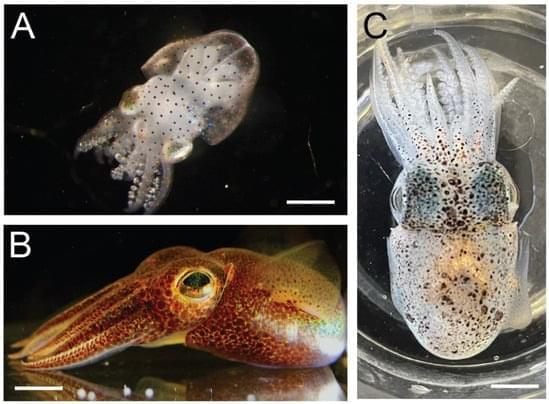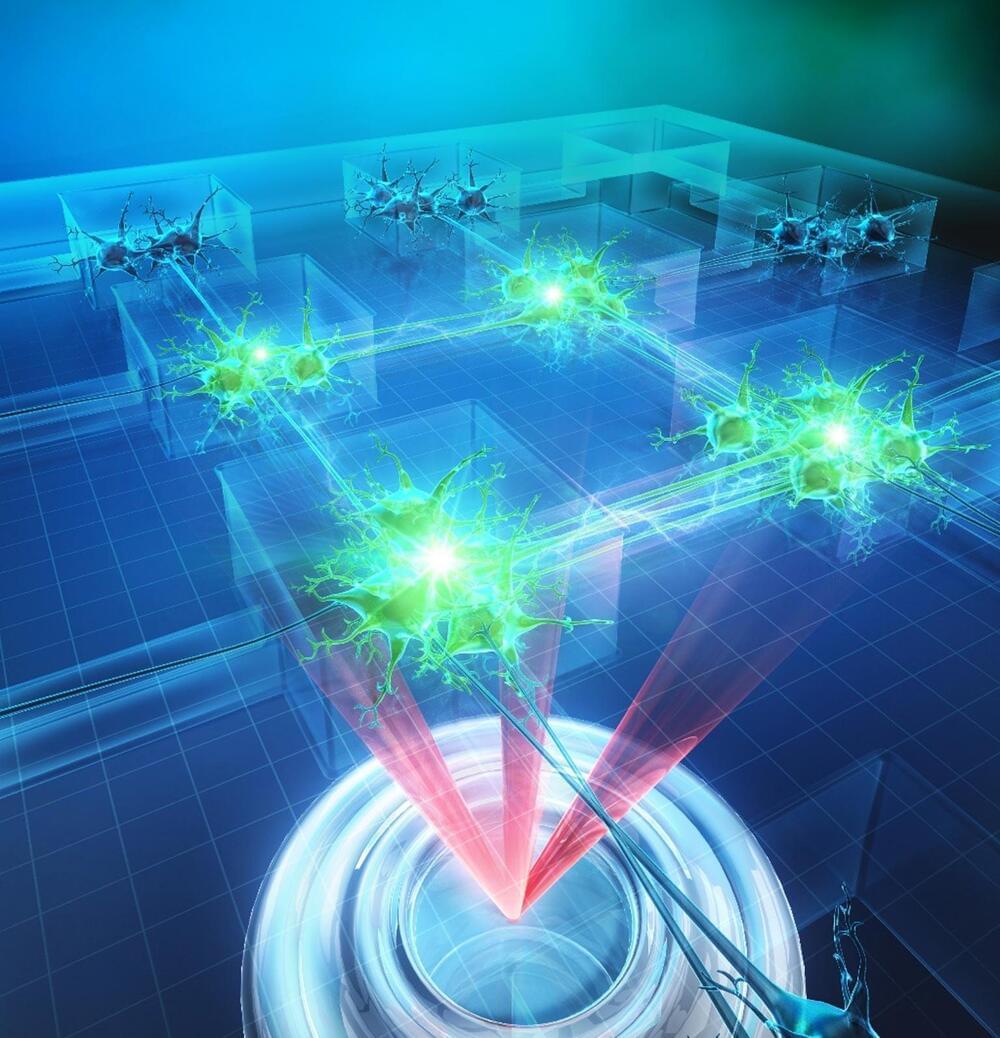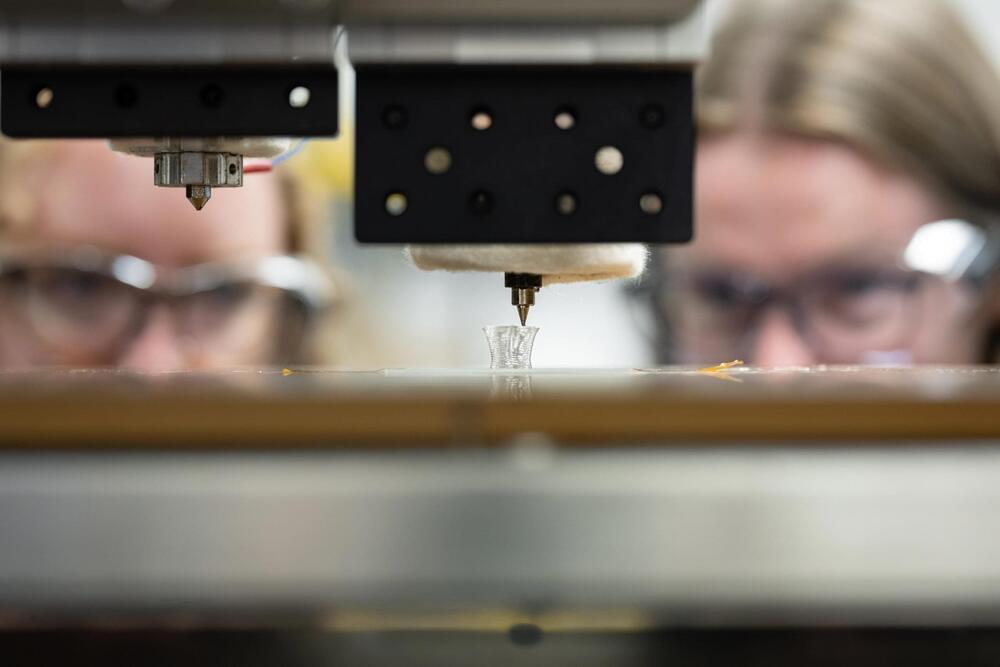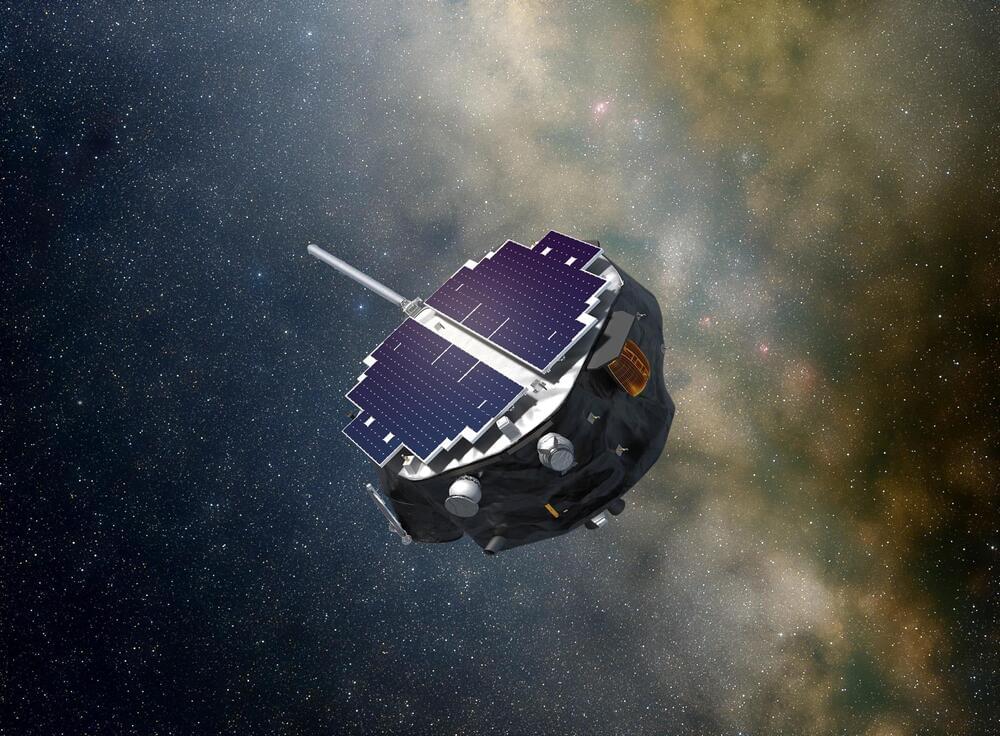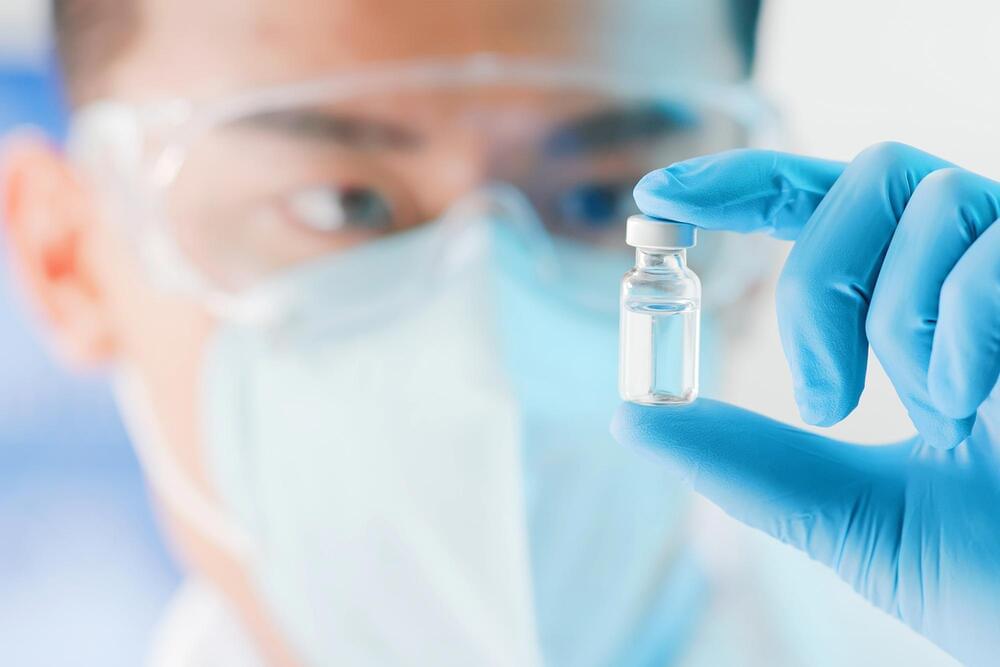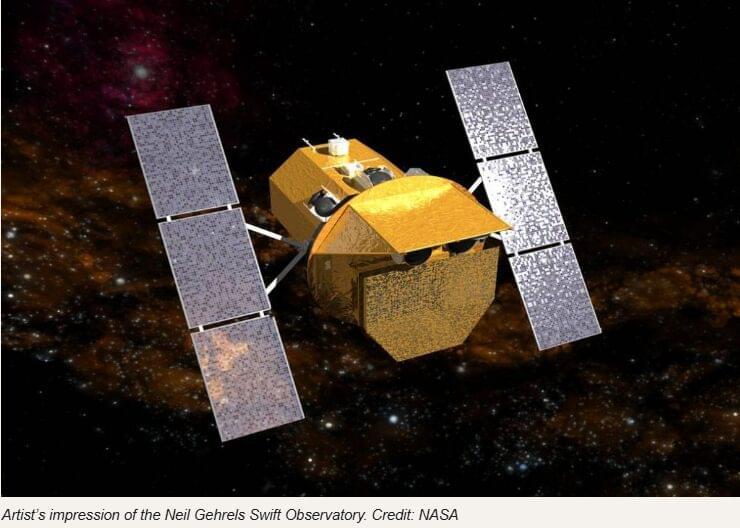Cephalopods’ remarkable behavior and complex neurobiology make them valuable comparative model organisms, but studies aimed at enhancing welfare of captive cephalopods remain uncommon. Increasing regulation of cephalopods in research laboratories has resulted in growing interest in welfare-oriented refinements, including analgesia and anesthesia. Although general and local anesthesia in cephalopods have received limited prior study, there have been no studies of systemic analgesics in cephalopods to date. Here we show that analgesics from several different drug classes may be effective in E. berryi. Buprenorphine, ketorolac and dexmedetomidine, at doses similar to those used in fish, showed promising effects on baseline nociceptive thresholds, excitability of peripheral sensory nerves, and on behavioral responses to transient noxious stimulation.
Tohoku University scientists created lab-grown neural networks using microfluidic devices, mimicking natural brain activity and enabling advanced studies of learning and memory.
The phrase “Neurons that fire together, wire together” encapsulates the principle of neural plasticity in the human brain. However, neurons grown in a laboratory dish do not typically adhere to these rules. Instead, cultured neurons often form random, unstructured networks where all cells fire simultaneously, failing to mimic the organized and meaningful connections seen in a real brain. As a result, these in-vitro models provide only limited insights into how learning occurs in living systems.
What if, however, we could create in-vitro neurons that more closely replicate natural brain behavior?
Princeton engineers have developed a scalable 3D printing technique to produce soft plastics with customizable stretchiness and flexibility, while also being recyclable and cost-effective—qualities rarely combined in commercially available materials.
In a study published in Advanced Functional Materials, a team led by Emily Davidson detailed how they used thermoplastic elastomers—a class of widely available polymers—to create 3D-printed structures with adjustable stiffness. By designing the 3D printer’s print path, the engineers could program the plastic’s physical properties, allowing devices to stretch and flex in one direction while remaining rigid in another.
Davidson, an assistant professor of chemical and biological engineering, highlighted the potential applications of this technique in fields such as soft robotics, medical devices, prosthetics, lightweight helmets, and custom high-performance shoe soles.
Researchers are warning of potential risks from the development of synthetic organisms called mirror bacteria, which have reversed molecular chirality.
These organisms could evade immune systems, disrupt natural ecosystems, and pose threats to human, animal, plant, and environmental health.
Potential Risks of Mirror Bacteria.
NASA and SpaceX have rescheduled the launch of the IMAP spacecraft to September 2025 to allow more time for preparing its flight systems.
The mission will explore the heliosphere to understand the Sun’s protective bubble and its effects on space weather and life. Accompanying IMAP are two rideshare missions: the Carruthers Geocorona Observatory and NOAAs Space Weather Follow On – Lagrange 1, which will study Earth’s outer atmosphere and monitor solar activity, respectively. All three spacecraft will operate from Lagrange point 1 to efficiently monitor space conditions.
IMAP launch delay and mission overview.
Stanford Medicine researchers have developed a new method for influenza vaccination that encourages a robust immune response to all four common flu subtypes, potentially increasing the vaccine’s efficacy.
In laboratory tests using human tonsil organoids, the modified vaccine showed promising results in combating both seasonal and bird flu strains. The approach involves a combined antigen methodology that might also protect against emerging flu variants with pandemic potential.
Innovative Flu Vaccine Development
NUS researchers found that deuterated water (D₂O) reduces pain by modulating the TRPV1 ion channel, offering a non-addictive alternative to conventional painkillers.
Researchers from the National University of Singapore (NUS), in partnership with Peking University, China, have uncovered new insights into the TRPV1 (transient receptor potential vanilloid 1) ion channel and its role in pain perception. Their findings demonstrate how solvent molecules can influence pain signals, paving the way for potential development of safer, non-addictive pain management strategies.
Effective pain management is vital for improving quality of life and overall well-being. The TRPV1 ion channel, which plays a key role in detecting pain, expands its pore when activated, enabling ions and larger molecules to pass through. However, the ability of water molecules to permeate the TRPV1 channel has remained uncertain.
Scientists predict an undersea volcano will erupt in 2025, the volcano has been dubbed ‘the most well-instrumented submarine volcano’ on the planet and activity is imminent.
As tech companies release a slew of generative AI updates, there’s a growing risk that educational practices and policies are struggling to keep up with new capabilities.
For the past 30 years, NASA’s Great Observatories—the Hubble, Spitzer, Compton, and Chandra space telescopes—have revealed some amazing things about the universe. In addition to some of the deepest views of the universe provided by the Hubble Deep Fields campaign, these telescopes have provided insight into the unseen parts of the cosmos—i.e., in the infrared, gamma-ray, and ultraviolet spectrums.
With the success of these observatories and the James Webb Space Telescope (JWST), NASA is contemplating future missions that would reveal even more of the “unseen universe.”
This includes the UltraViolet Explorer (UVEX), a space telescope NASA plans to launch in 2030 as its next Astrophysics Medium-Class Explorer mission. In a recent study, a team led by researchers from the University of Michigan proposed another concept known as the Mission to Analyze the UltraViolet universE (MAUVE). This telescope and its sophisticated instruments were conceived during the inaugural NASA Astrophysics Mission Design School. According to the team’s paper, this mission would hypothetically be ready for launch by 2031.
